Privacidad de datos de ChatGPT: ¿es realmente segura?
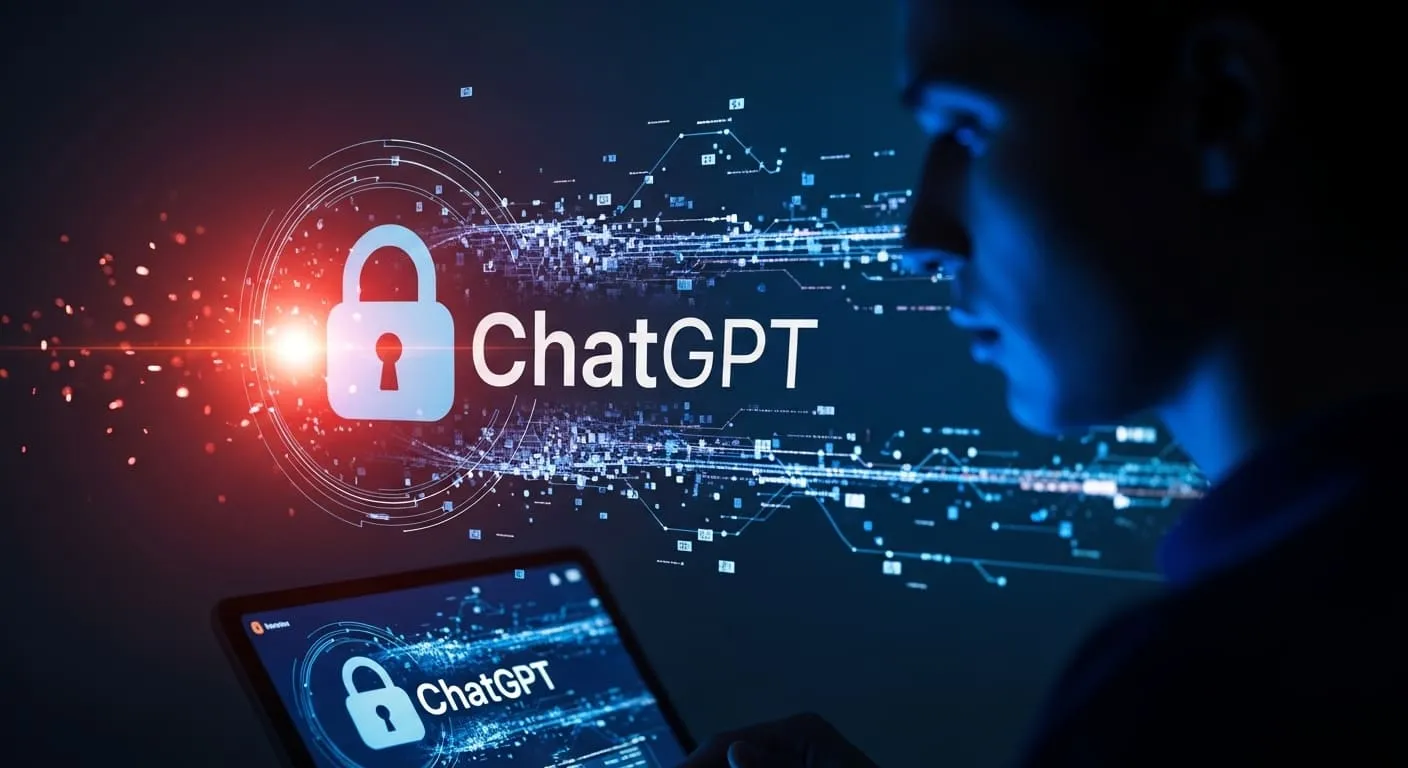
Haga el trabajo para cualquier reunión
Transcripción de reuniones, notas personalizadas con IA, integración de CRM/ATS y más
Every time you open ChatGPT, you’re likely sharing more than you think.
Which raises a lot of questions: What happens to the data you feed it? Who can access it? How safe is it for business use?
This article will reveal you the real risks for your privacy.
What Is the ChatGPT Privacy Policy?
OpenAI’s privacy policy first distinguishes a few categories of data it handles:
- User information / account data: When you sign up, OpenAI may collect an email address, name, and related identifiers.
- Prompt and response logs: The inputs you send (your prompts) and the outputs you receive are logged. These conversation logs are used to operate the service, improve models, and detect misuse.
- Metadata & usage data: This includes time stamps, IP address, browser information, device identifiers, feature usage patterns, and other signals about how you interact with the tool.
- Third-party and service provider data: To run infrastructure, analytics, or integrations, OpenAI may share data with vendors or service providers who assist with operations.
How Long & Under What Terms Data Is Retained ?
OpenAI says it retains personal information and conversation logs only as long as needed to provide the service or meet legal and business obligations.
You also have certain controls:
- For ChatGPT Free / Plus users, you can opt out of having your chats used to train future models via settings.
- OpenAI also offers “temporary chats” that are not used for training the model.
- Note: data submitted via the API, ChatGPT Enterprise, or ChatGPT Team accounts is generally not used for training by default, unless explicitly allowed.
Still — “deletion” is nuanced. In some cases, chat data requested to be deleted remains stored for a grace period, and may even be preserved under legal orders.!
Privacy & Compliance Controls
OpenAI claims several safeguards and privacy commitments:
- Encryption: Data is encrypted both in transit and at rest, using modern cryptographic practices.
- Compliance with regulation: OpenAI supports compliance with laws like GDPR and CCPA, and provides a Data Processing Addendum (DPA) for customers.
- Limited sharing: OpenAI states it doesn’t sell users’ data to third parties.
- Internal access controls: Only authorized staff should access sensitive data, under auditing and review protocols.
User Rights & Transparency
OpenAI includes a few mechanisms to give users more control over their data:
- Privacy settings: You can disable training data usage in settings (for supported plans).
- Data deletion requests: You can ask OpenAI to delete your account data or histories, subject to retention rules and legal obligations.
- Transparency: OpenAI promises to provide transparency about how your information is used, and updates to the policy over time.
Is Using ChatGPT Really Safe for Your Data?
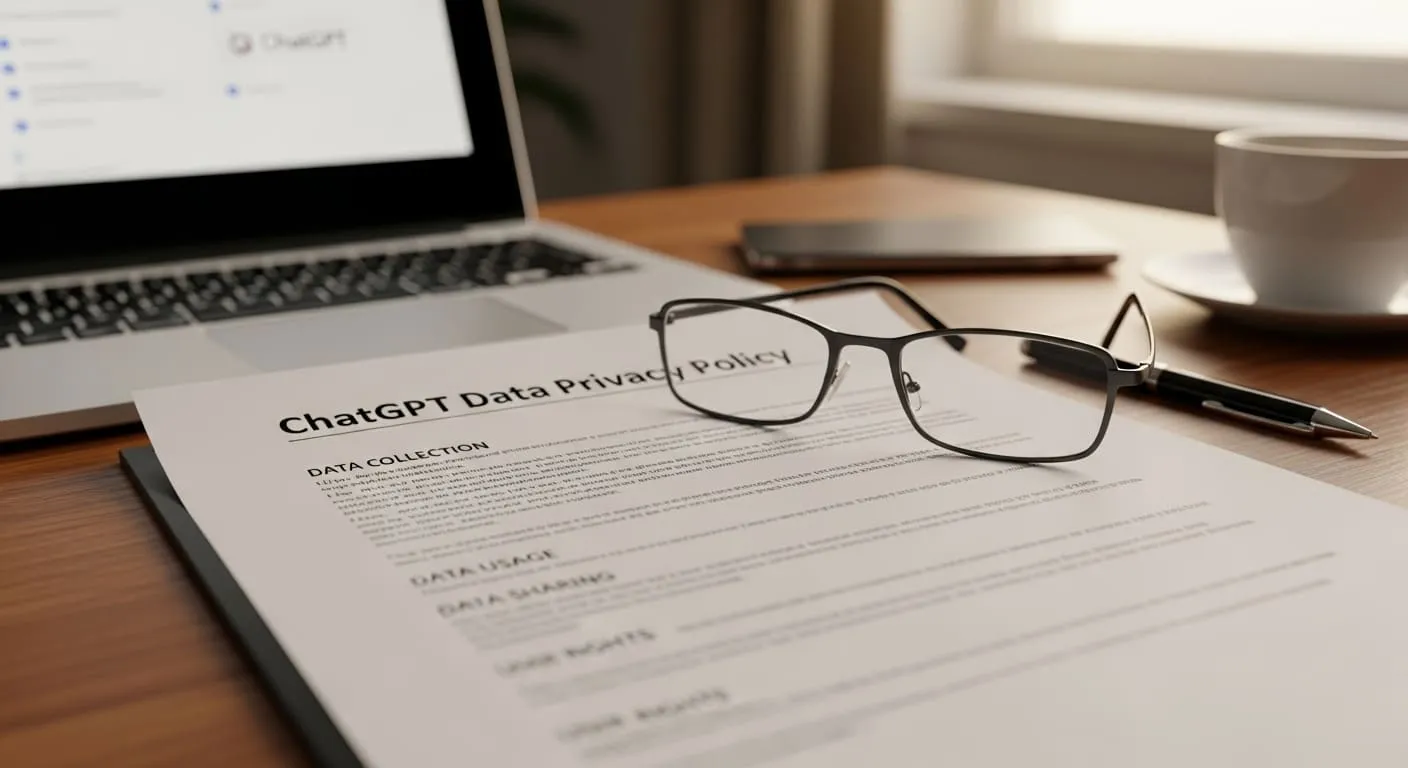
There are actually real risks you must understand, especially if you’re dealing with client work, proprietary content, or sensitive information.
2.1 Data Exposure in Transit & Storage
When you send prompts and receive responses, data travels across networks. If encryption or infrastructure is misconfigured, there’s a possibility of interception or leakage. In some analyses, vulnerabilities have been flagged in transmission paths or infrastructure misconfigurations.
Even once data reaches OpenAI’s servers, it’s stored (at least temporarily) to support the service, compliance, and abuse monitoring.
2.2 Leakage or Memorization of Sensitive Info
Because ChatGPT retains prompt/response logs, there is a theoretical risk that it might reproduce, or infer, bits of data from prior sessions. This can happen especially when prompts are very similar or when the model is trained on broader data.
Some studies warn of “privacy leakage” techniques, where maliciously crafted prompts coax the model to reveal information it has seen.
2.3 Policy and Enforcement Gaps
OpenAI’s policies allow users to opt out of having prompt/response logs used for training (for many plans) — but this doesn’t always prevent internal access, logs retention for abuse monitoring, or legal obligations.
Also, real-world cases have surfaced: for example, in Italy the data protection authority raised issues that ChatGPT may violate GDPR in its handling of user data.
So how Safe Is It — In Practice?
ChatGPT’s risk is manageable for these cases :
- Public or non-confidential content. Marketing drafts, generic ideas, public information are low risk.
But when handling sensitive entreprise or personal data you'd better be cautious !
How to Use ChatGPT to Protect Your Data

You don’t have to stop using ChatGPT if privacy is a concern, you just need to use it more deliberately.
3.1 Treat ChatGPT Like a Semi-Public Channel
The simplest and strongest rule: don’t feed it anything you wouldn’t risk seeing in public. Avoid entering sensitive personal data, client financials, internal strategy documents, or proprietary code. As one advice site puts it: “Don’t give ChatGPT more info than you need to.”
Even redacting names or masking identifiers helps. Replace real names, numbers, or project codes with placeholders or pseudonyms before you paste into a prompt.
3.2 Use Privacy Controls & Settings in ChatGPT
OpenAI gives you tools to limit data usage and retention. Use those controls.
- Disable model training for your chats: In ChatGPT Free and Plus plans, you can turn off the “Improve the model for everyone” toggle in Settings → Data Controls. That prevents your conversations from being used for general model training.
- Use “Temporary Chat” mode. When enabled, your conversation is not saved to your chat history or used for training.
- Request deletion. You can ask OpenAI to delete your account data or request specific conversation deletion, subject to policy.
Even with these settings, note that OpenAI retains conversations for abuse review or legal requirements in many cases.
3.3 Use Minimal, Sanitized Context
Often we feed ChatGPT large context dumps (entire documents, internal memos) assuming it will help. But that increases exposure.
- Send only what’s necessary, distilled to the core problem statement.
- Redact or generalize internal references, names, or unique identifiers.
- Chunk large inputs. Break a bigger prompt into pieces, sanitize each piece, and combine only non-sensitive parts.
- Avoid multi-turn context that recreates hidden links. If earlier turns include sensitive notes, redacting them later may not avoid linkage.
This practice leans into the principle of data minimization: only share what the model actually needs.
Safe & Sovereign AI: Noota
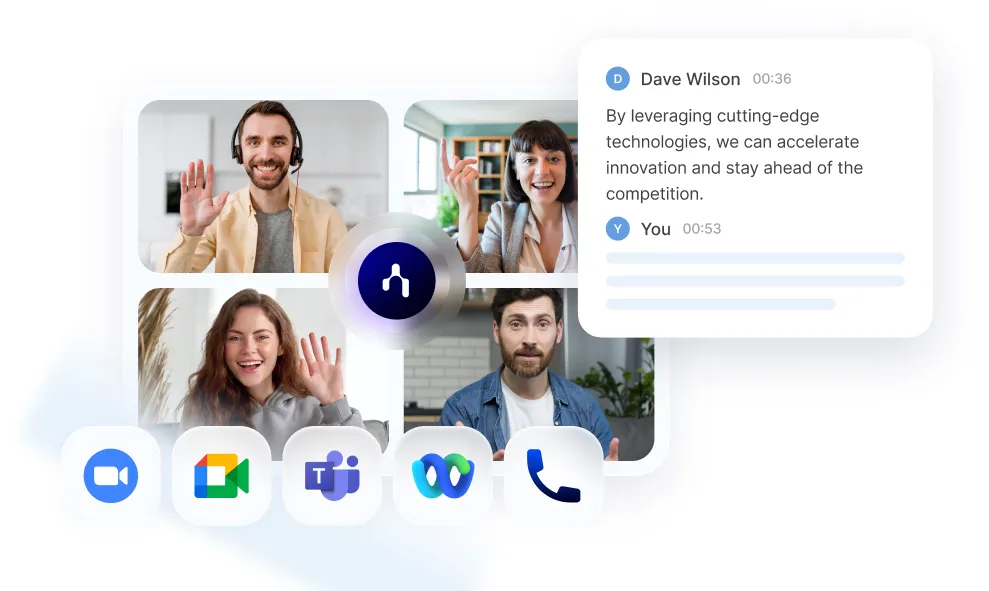
Noota ofrece un modelo para integrar las capacidades generativas con una infraestructura compatible que prioriza la privacidad.
- Residencia e infraestructura de datos en Europa : Noota aloja sus servicios en centros de datos de la UE (Francia, Bélgica, Países Bajos) y garantiza el aislamiento en todos los entornos (desarrollo/prueba/producción). Esto mantiene sus datos dentro de las jurisdicciones alineadas con el GDPR.
- Cifrado y controles de acceso : Todos los datos (grabaciones, transcripciones, metadatos) se cifran tanto en tránsito (TLS) como en reposo (AES). El acceso a los datos está estrictamente controlado mediante permisos basados en funciones y protocolos de acceso auditados.
- No uso de sus datos para el entrenamiento de modelos : A diferencia de muchas herramientas de IA que ingieren datos de usuarios para entrenar o refinar modelos, Noota afirma claramente que sí no utilice sus datos para entrenar modelos de IA generalizados. Sus datos permanecen bajo su control.
- Configuración autohospedada: para empresas, puede solicitar configuraciones locales
- Controles granulares y modos de privacidad : Noota admite configuraciones como el modo «solo texto» (no se almacena audio/vídeo) y te permite personalizar los programas de retención (de días a años, por contrato) en función de tus necesidades de sensibilidad.
¿Quieres usar una IA segura con privacidad? Prueba Noota gratis ahora.
Haga el trabajo para cualquier reunión
Transcripción de reuniones, notas personalizadas con IA, integración de CRM/ATS y más
Related articles

Olvídate de tomar notas y
prueba Noota ahora
FAQ
En el primer caso, puedes activar directamente la grabación en cuanto te unas a una videoconferencia.
En el segundo caso, puedes añadir un bot a tu videoconferencia, que grabará todo.
Noota también te permite traducir tus archivos a más de 30 idiomas.

.svg)
.svg)
.webp)
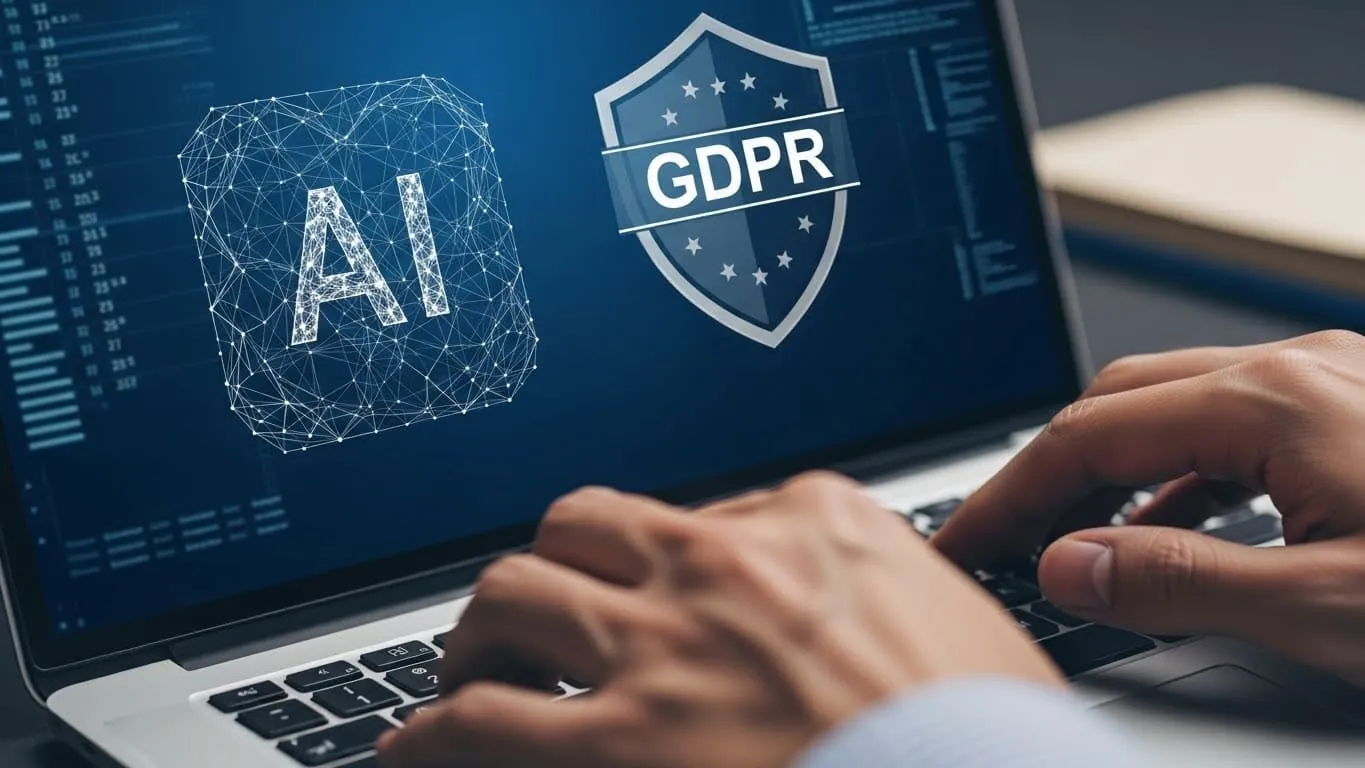
.png)
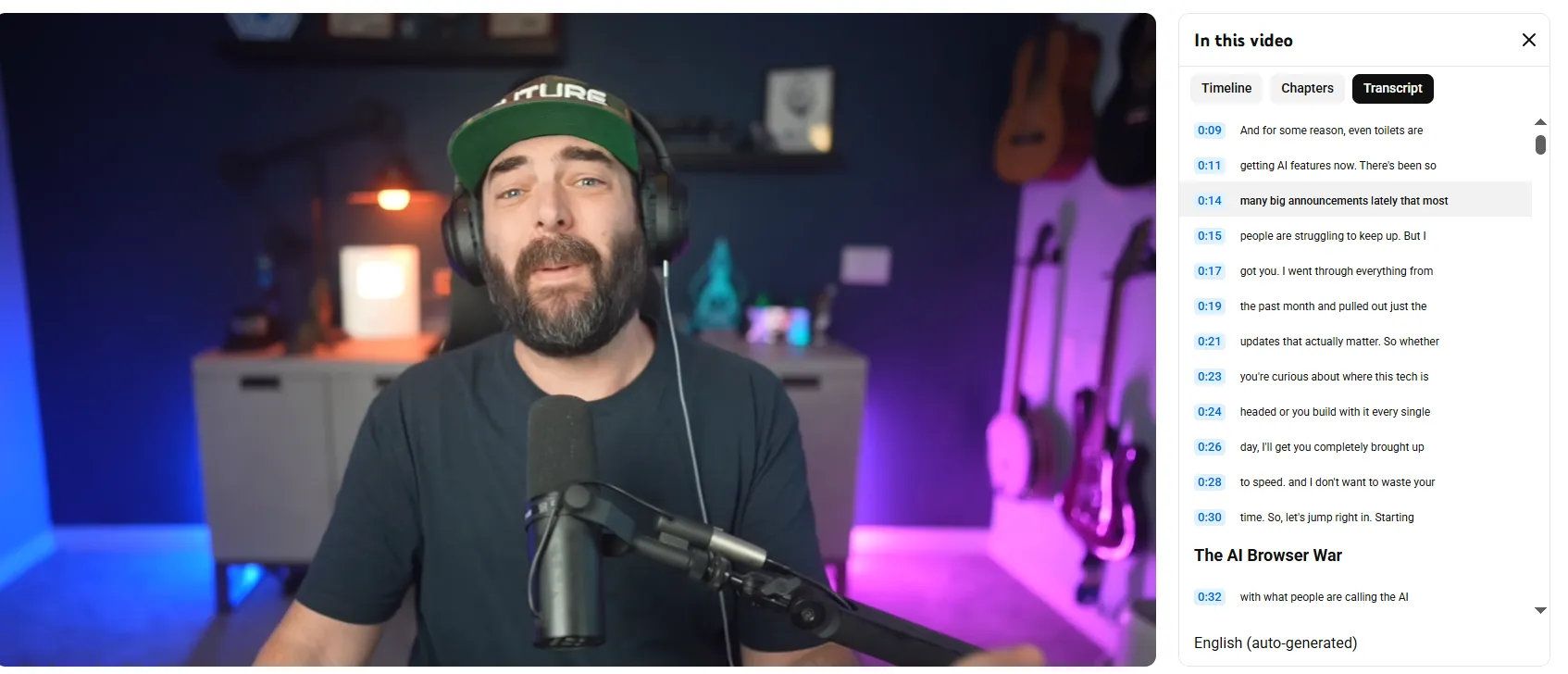
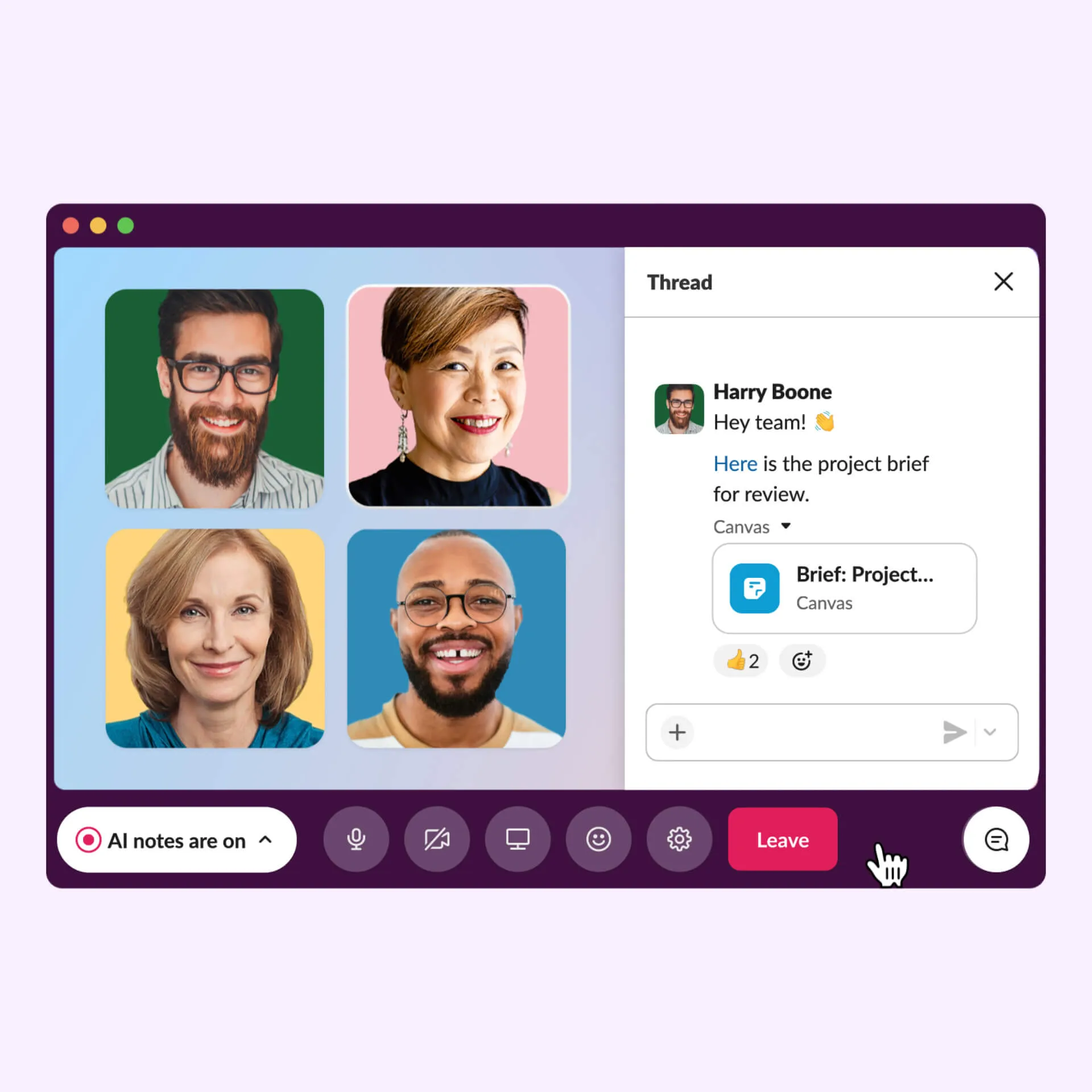
.svg)
